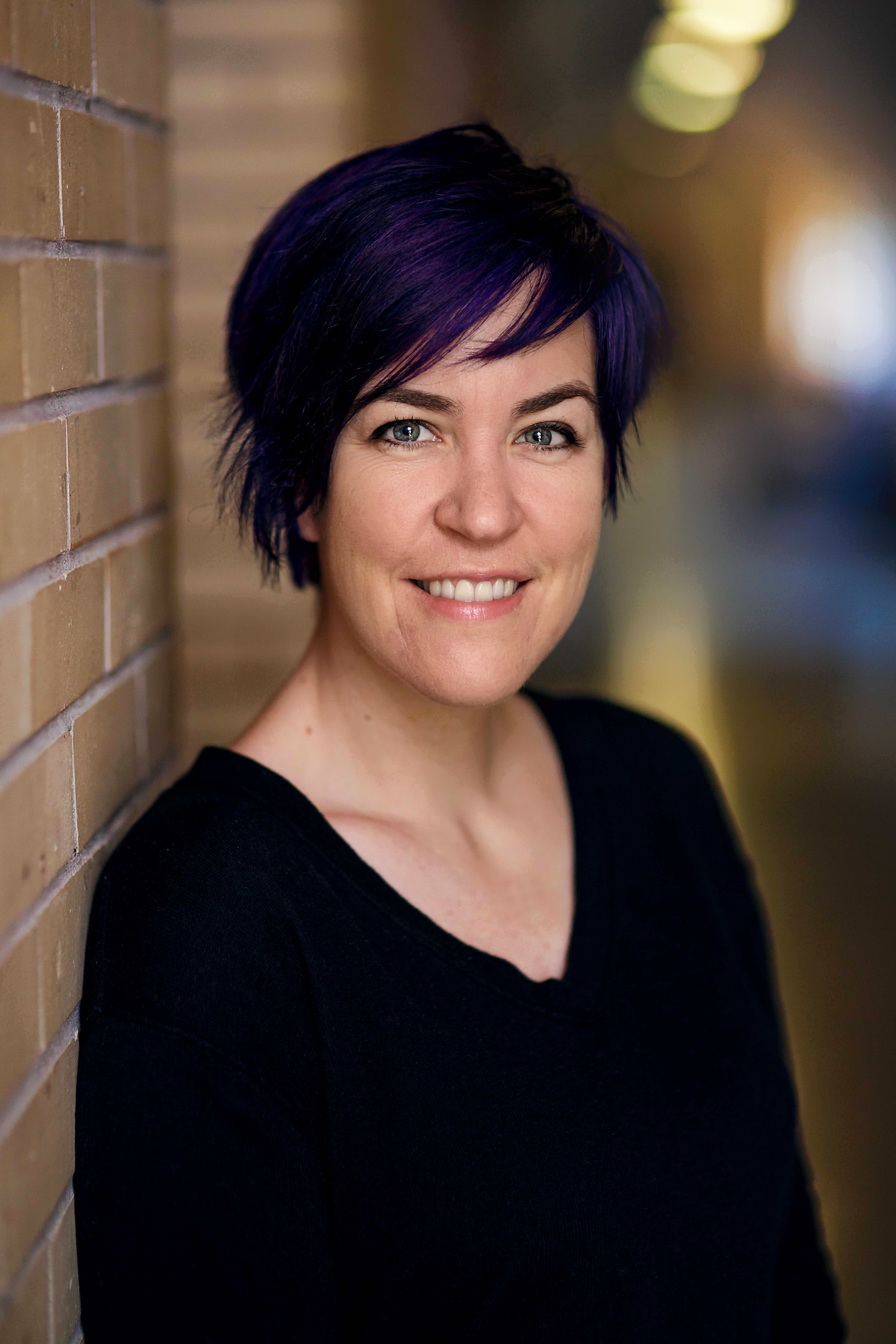
Tell us about a teacher who shaped your undergraduate or graduate education.
During my second year of college at the University of California-San Diego, I took an introductory lecture course titled “Ethnic Diversity and the City” with Professor George Lipsitz (who now teaches in the Black Studies department at UC-Santa Barbara). This was in the mid-1990s, when California was roiling with the repeal of affirmative action in college admissions, hateful legislation directed at undocumented immigrants and their children, and the attempted passage of English-only laws. It was a heady and difficult time to be a college student, especially for an empathetic white student like me who was trying to figure out my place in the world but didn’t really understand what was going on. Professor Lipsitz’s class was about discriminatory federal policy and private actions in housing, employment, and transportation that had created vastly segregated and unequal urban neighborhoods. Equally important, he modeled how to be a white person who could speak authoritatively and passionately about the history of racial discrimination and why the pursuit of racial and economic justice matters for all of us, including white folks. I was transformed by what I learned in his class. Although I had started college intending to major in biology, I soon declared a double major in urban studies and ethnic studies. To this day, I aim to replicate and update the education and the modeling that Professor Lipsitz offered me and so many others in that class.
What book or article has been on your mind recently?
Just last week, I received in the mail A People’s Guide to Greater Boston by Joseph Nevins, Suren Moodliar, and Eleni Macrackis. I was thrilled to receive it, not only because it’s an incredible read and helps me understand one of my closest neighboring cities, but also because it is the second book in the People’s Guide series that I co-edit (the first book in the series is my own co-authored guidebook to Los Angeles, my beloved hometown). The People’s Guides are subversive tourist guidebooks that direct visitors to ordinary places in major American cities where extraordinary struggles for justice and against inequality have occurred. After the LA guidebook came out, back in 2012, readers and reviewers said “we need one of these for every city!” And so, for the past eight years, we’ve been working with author teams to write People’s Guides for their cities. After many years of collaborative labor and love (and a whole lot of trial and error), the Boston guidebook is now out! The next guidebook, to the San Francisco Bay Area will be out in fall 2020; and next year we should see New York, Orange County (California), and New Orleans. It is deeply gratifying and so exciting to see how this kind of scholarship – a popular guidebook infused with cutting-edge histories and critical geographies – can take the ideas I care about to new audiences.
What you are working on now?
I recently published a book on Mexican American charros (cowboys) in the U.S. Southwest, and I’m now working on a study of the National Historic Trails system, a public history program launched by Congress in the 1970s that commemorates the historic routes of migration, settlement, and military action through which the United States has been created. Think of the Oregon Trail, the Pony Express Trail, or the Santa Fe Trail. My approach considers how these trails narrate U.S. history through celebratory stories of settler movement, as well as their continuing impacts on Indigenous peoples and their homelands. I am most interested, though, in how Native people and people of color have seized this system to disrupt white settler narratives of history and to tell their own stories. For example, activists, artists, and tribal nations in the Pacific Northwest have been working for years to ensure that the narratives of the Lewis and Clark National Historic Trail don’t just continue to celebrate the movements of two wealthy white male explorers, one of whom was a slaveholder, but rather that the trail instead centers on Indigenous histories, futures, and relationships with place.
Can you tell us about one of your best teaching experiences?
I teach a junior seminar at Yale titled “Space, Place, and Landscape” which is always a joy. The class is an introduction to cultural geography and methods for analyzing and interpreting places – how they are made, how they shape our identities, how they create inequality. I structure the entire semester around a series of projects through which students use geographic methods (like map-making, landscape photography, walking, working with census data) to investigate and interpret their complex relationship to a place that they call home. As I work with students on these projects, I get to know them really well – after all, so much of who we are is fundamentally about our relationship to “home” – and I also get to learn a lot about places in the world where I will probably never go. In my office, I have framed photographs of home-places that students have written about in my class, which they gave me as gifts after the semester ended. Although I’ve never been to that small town in Sicily or that butte in rural Nebraska, I love those photographs dearly, because they remind me of how place makes us who we are, and connects us to all of humanity and the well-being of the earth.
